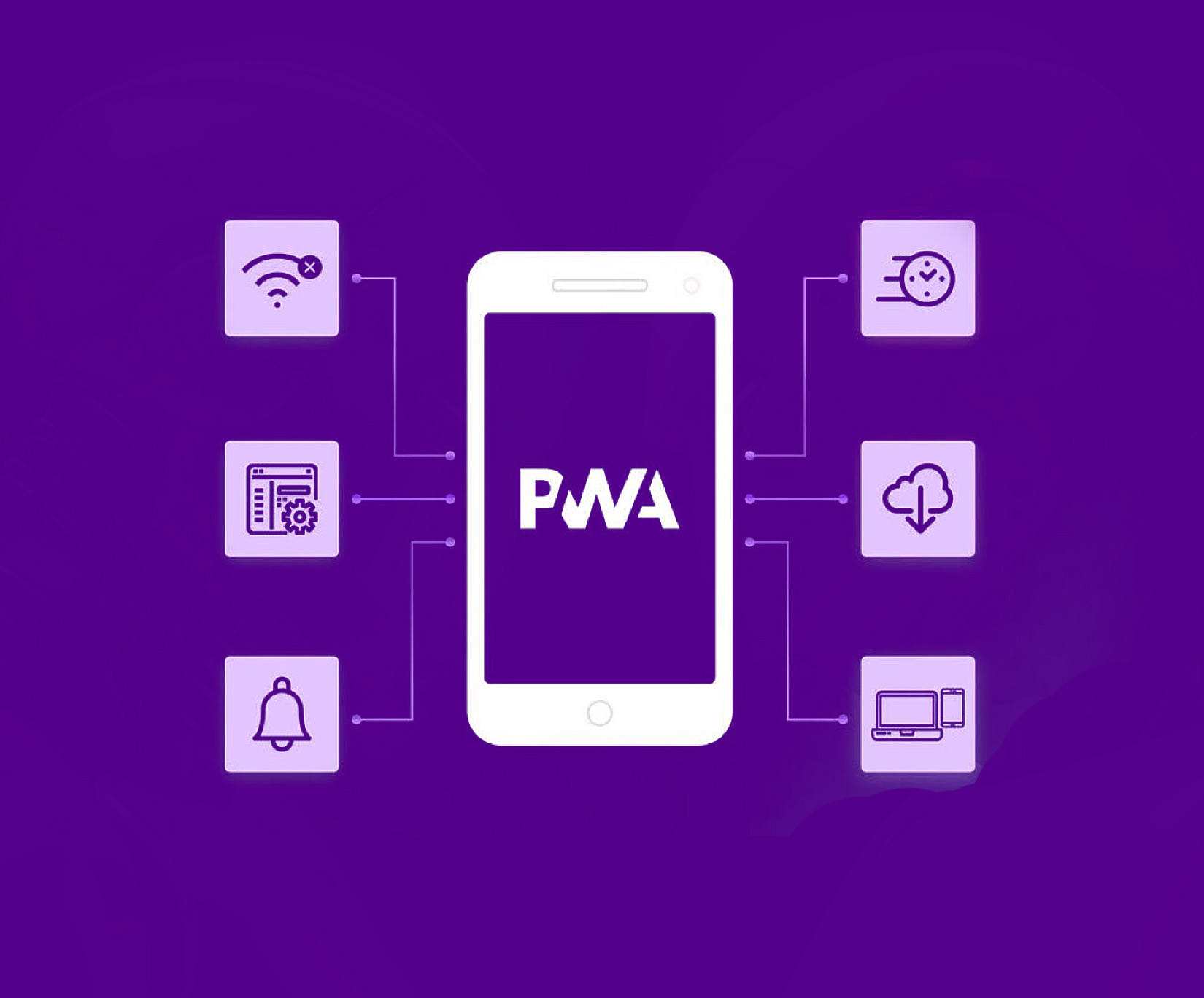In the last couple of years, Google has been trying to enhance the mobile web so as to provide a better user experience to the users. As part of the journey, the first step is the launch of progressive web apps. Continuous improvements were made to the AMP to make it publisher-friendly Google has gone on to launch an entirely different framework for the publishers referred to as progressive web apps.

The definition of a progressive web app
A progressive web app replicates a regular website or web page that behaves like a mobile application in various ways. It allows you to install the application from the browser window itself and is available on your phone like a native app. The reason why these apps are progressive is that the UX improves based on browser technology and the available service.
So, you could load a PWA on a basic phone and it may still work. The user experience and the functionality are expected to improve as you move on to the newer smartphones with the latest hardware. This allows the publishers to develop scalable experiences for the web without the need to invest in a traditional mobile app. It is not only about building progressive web apps but there are a few characteristics to consider
- Progressive- regardless of the browser choice is operational for any user
- Fresh- up to date and thanks to the service worker update process
- App-like- feels like an app to the user with an app style interactions and navigations
- Responsive- fits any form factor, mobile, desktop or forms yet to emerge
These are some of the progressive web app examples. Let us now have an idea of how it works.
The working of progressive web apps
Progressive web apps cash in on the features provided by modern browsers. This may include web app manifests and the service workers. An app needs to comply with a few conditions before it is termed a progressive web app.
- The web manifest provides meta information about an application. Publishers can write the web manifest themselves or generate the file using a web app manifest generator
- A service worker is a JavaScript code that acts as a proxy server that sits between the network, browser and the app. They are known to provide effective online experiences by intercepting network requests or caching information required in the background.
- The icon serves to work as an app icon where a user keeps PWA in an application drawer. Any type of JPEG image with pixels of 512* 512 will work.
- The app is to be served over a secure HTTP connection. Most of the hosting providers are expected to bundle an HTTP certificate at an extra cost. They can also be secured from a third-party provider. For your brand having a secure website may turn out to be a better option.
The difference between progressive web apps and native apps
There are a series of differences between both of them. A few of them are as follows
Cost
The major difference between progressive web apps and native apps is the cost. There is a significant cost difference between both of them. When you are designing a native app, you need to have a strong grasp of the local language. It goes without saying that you need to build apps for both operating systems- Android and IOS. On the other hand, building progressive web apps is an easy task. There is no need to learn any new coding languages or extra resources are necessary to maintain the app.
Discoverability
Since progressive apps are built by using technologies like HTTP, CSS, and JavaScript indexing by search engines becomes easy. They work like a website meaning that they can be listed on search engines with the right form of search engine optimization techniques. Native apps work differently. Mostly they are designed for Android or IOS as it can be ranked in dedicated stores.
Security
From a safety point of view, PWAs turn out to be more secure than traditional web apps as it is required to run under HTTP. This is a security protocol that safeguards any exchanges between the server and the client being tampered with. A native app allows you to incorporate multiple security features.
Progressive web apps and their advantages
It is not only about building progressive web apps there are definite advantages over regular websites. An example is if someone visits a website a number of times, the app may trigger a download or web notification attempt. In addition, it can be accessed online and content can be updated dynamically providing a seamless user experience.
The best part about progressive web apps is that they are fast. Even in poor network conditions, the user experience is immersive and loads instantly. You need to think of it like a mobile app but you do not have to go to the app or mobile store. Most advantages of the PWAs are the same as the apps. It goes on to provide a faster user experience along with increased user thickness.
Building progressive web apps
Building progressive web apps is an easy task. Just you require a few basic ingredients and you are ready to go.
- Tools- there are numerous technologies that can be used to develop PWAs. Among the popular options is Angular JS
- HTTP- the second step is to make the app secure. For this reason, it is advisable to host the website on a server with an HTTP connection
- Application shell- the application shell is what a user sees first when they are opening your app. In short, it is the initial impression that your app makes in front of the users.
- Manifest files- The JSON file is produced with a specific goal in mind. It includes all the data necessary to govern the PWA’s appearance and operation.
- Service workers- a fundamental technology that enables PWA is the use of service workers.
To conclude it is fair to say by analysing progressive web app examples they are the future. In the last few months, a lot of changes in terms of announcements and updates have emerged. Google has been taking strides to make PWA the first choice for developers and Microsoft has gone one step ahead with the announcement of progressive web apps on Windows.
For more such blogs, Connect with GTECH.
Related Post
Publications, Insights & News from GTECH








